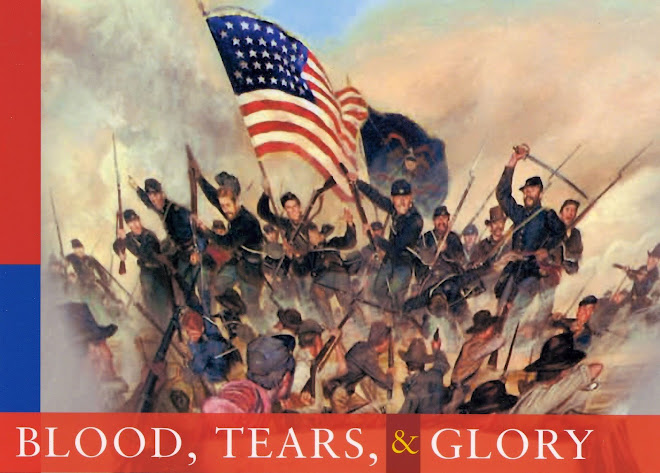Sunday, September 30, 2007
ON THIS DAY: Monday, Sept. 30, 1861
Saturday, September 29, 2007
ON THIS DAY: Sunday, Sept. 29, 1861
ON THIS DAY: Saturday, Sept. 28, 1861
Thursday, September 27, 2007
ON THIS DAY: Friday, Sept. 27, 1861
In camps across
Wednesday, September 26, 2007
ON THIS DAY: Thursday, Sept. 26, 1861
Monday, September 24, 2007
ON THIS DAY: Wednesday, Sept. 25, 1861
Sunday, September 23, 2007
ON THIS DAY: Monday, Sept. 23, 1861
ON THIS DAY: Sunday, Sept. 22, 1861
Tuesday, September 18, 2007
ON THIS DAY: Saturday, Sept. 21, 1861
In
Monday, September 17, 2007
ON THIS DAY: Friday, Sept. 20, 1981
At Lexington, Missouri, the Confederates use bales of hemp, soaked in river water, to shield themselves as they advance on a wide front against the badly outnumbered Federal force dug in around the Masonic college. After trying unsuccessfully to set the bales on fire by firing hot shot, the besieged
Can anyone supply more information about the 39th
ON THIS DAY: Thursday, Sept. 19, 1861
Col. James A. Mulligan’s Federal troops, dug in around a Masonic college on a hill in
Sunday, September 16, 2007
ON THIS DAY: September 18, 1861
After five companies of the 39th were detached for other duties, the remaining five joined troops dispatched to the aid of


